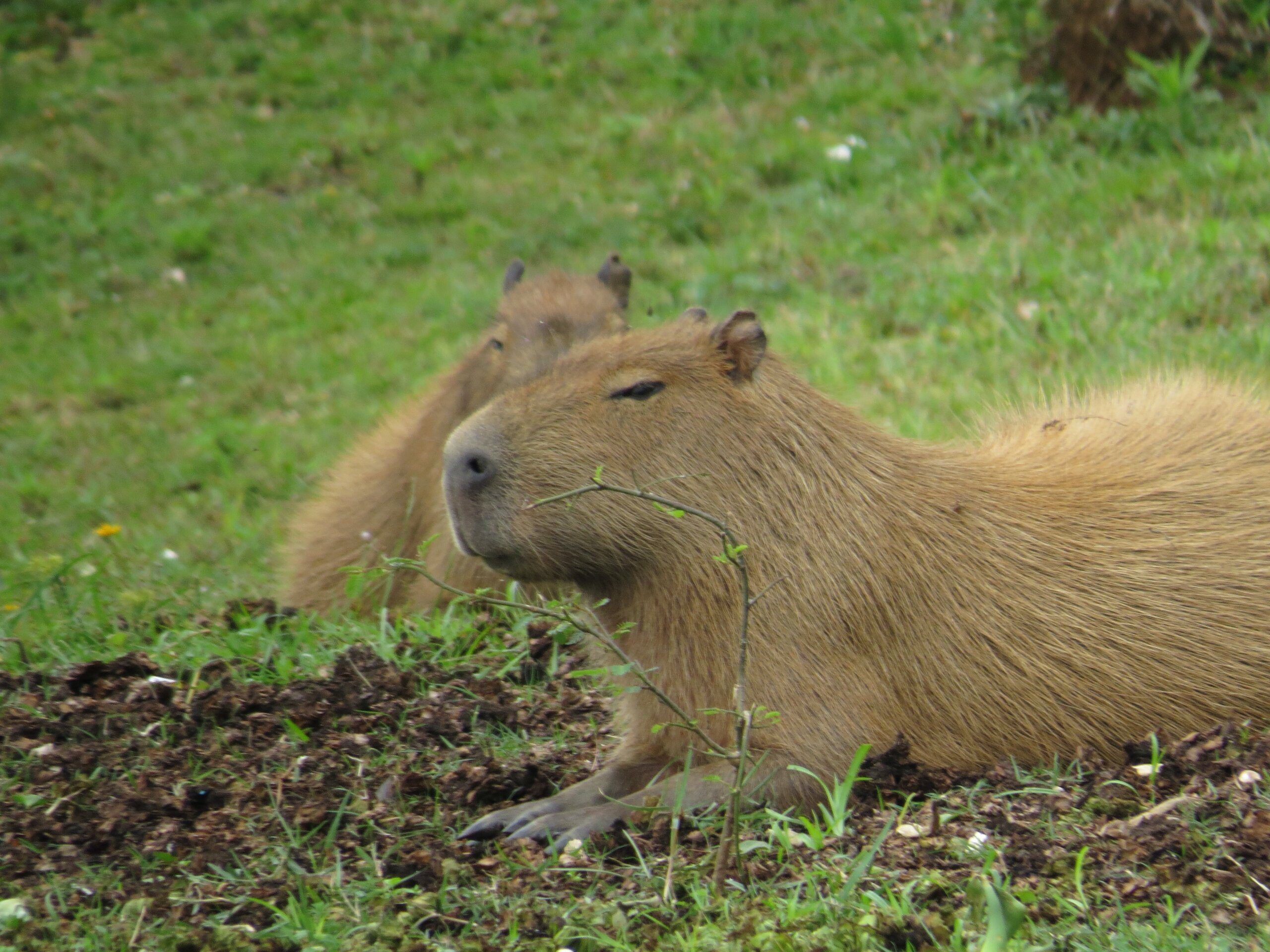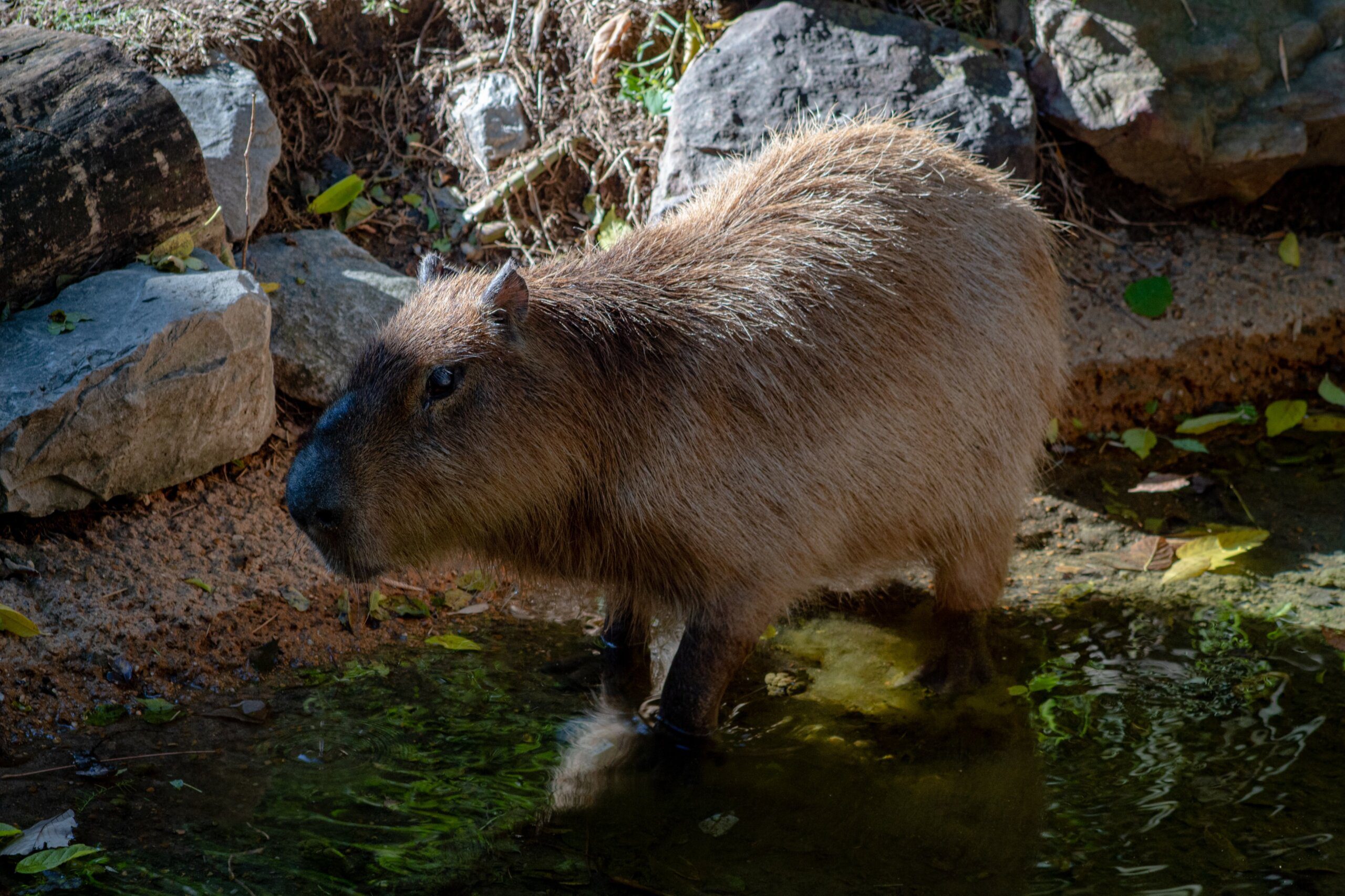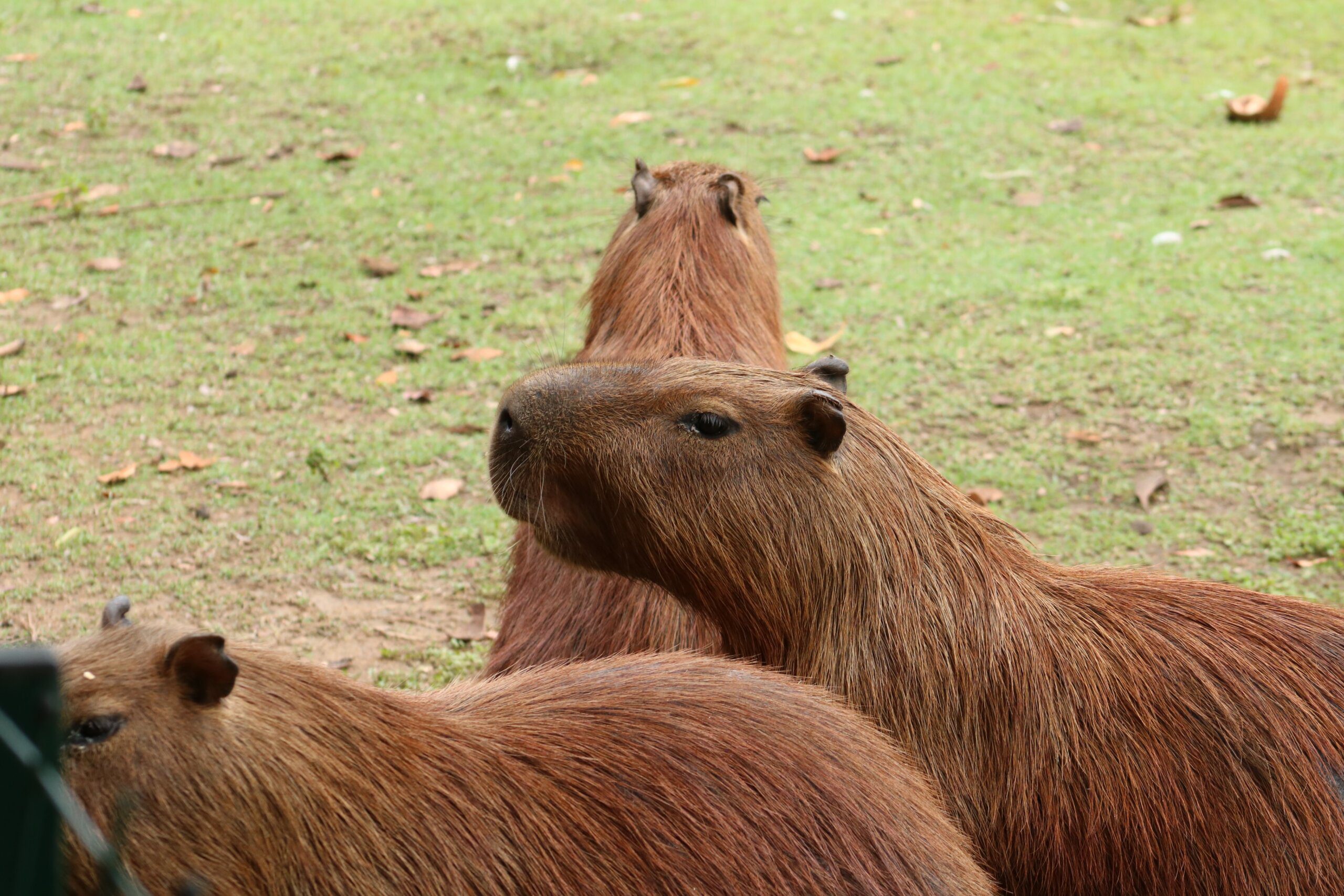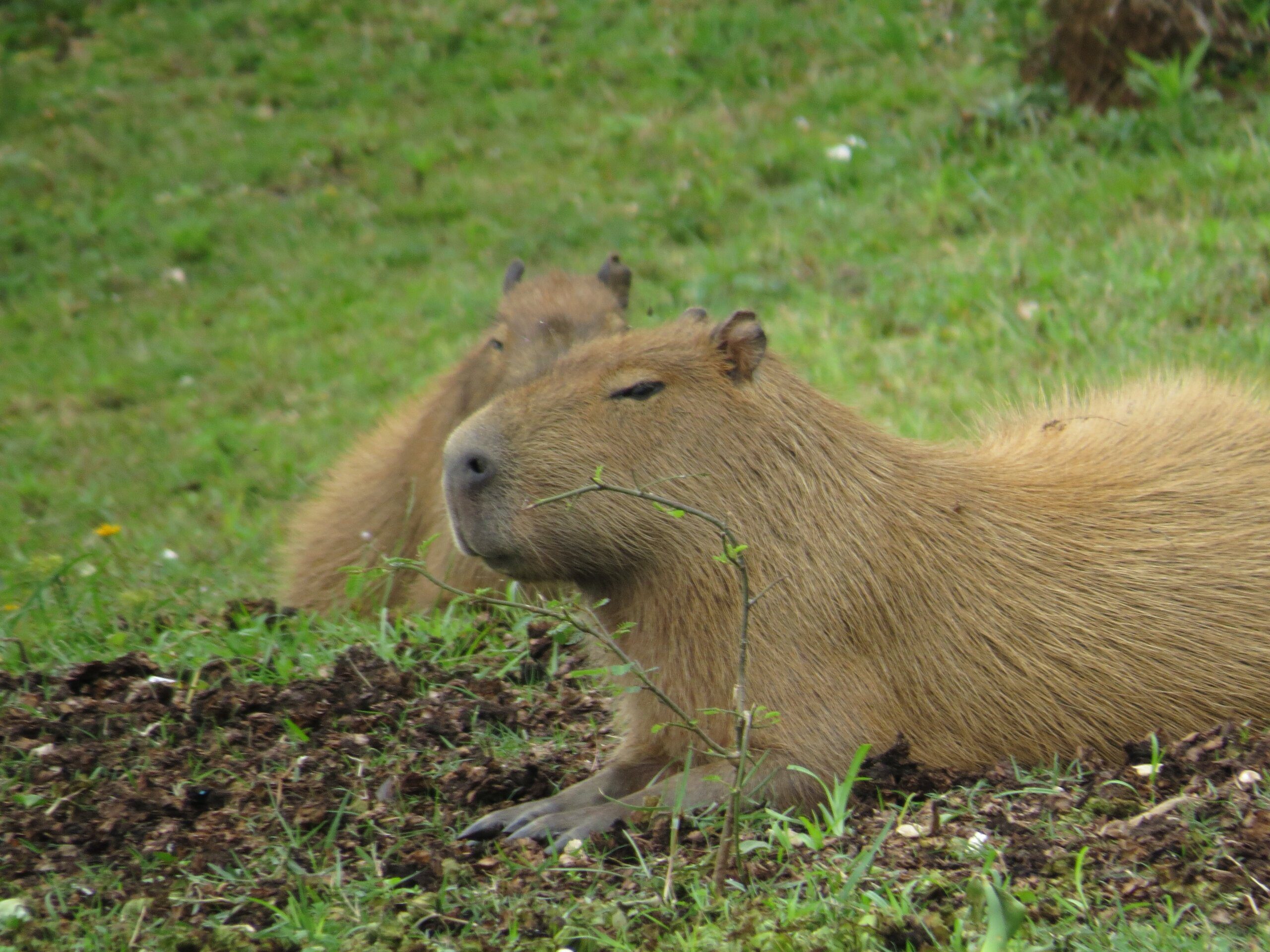If you’ve ever wondered how capybaras got their nickname of “Giant Guinea Pig,” you’ll be intrigued to learn that it’s not just a random association. The capybara, known for its cuddly appearance and friendly nature, actually belongs to the same family as guinea pigs. With their similar features and sociable behavior, capybaras have earned the affectionate title of “Giant Guinea Pig.” So, let’s take a closer look at these fascinating creatures and explore what makes them so special.
Giant Guinea Pig: Another Name for Capybara

I. Introduction to Capybara
The Capybara, scientifically known as Hydrochoerus hydrochaeris, is the largest rodent in the world and is often referred to as the “Giant Guinea Pig.” This fascinating creature is native to South America and is well-known for its unique physical characteristics, behavior, and cultural significance. In this article, we will explore various aspects of the Capybara’s life, from its physical attributes to its role in the ecosystem and its interaction with humans.
II. Physical Characteristics
Capybaras are truly remarkable animals in terms of their physical attributes. They can grow up to four feet in length and weigh anywhere between 77 to 146 pounds, making them the largest rodents in the world. Despite their large size, they have a compact and sturdy build, with short legs and a barrel-shaped body. Their coat is dense and rough, with a variety of shades ranging from brown to reddish-brown. One of their most distinctive features is their slightly webbed feet, which enable them to navigate through aquatic environments with ease.

III. Habitat and Distribution
Capybaras are primarily found in the wetlands, swamps, and grassy plains of South America. They have a widespread distribution, ranging from countries such as Brazil, Venezuela, and Colombia to regions like the Pantanal and the Amazon rainforest. These semi-aquatic creatures are incredibly adaptable and can thrive in various habitats as long as they have access to freshwater bodies such as lakes, rivers, and ponds. They are excellent swimmers and spend a significant amount of time in water to regulate their body temperature and avoid predators.
IV. Diet and Feeding Habits
The Capybara is an herbivorous animal and has a diet primarily comprised of vegetation. They are known to consume a variety of plant matter, including grasses, aquatic plants, fruits, and tree bark. Their digestive system is specifically adapted to break down the tough fibers present in their diet, allowing them to efficiently extract nutrients. Capybaras are considered grazing animals and spend a significant portion of their day feeding on grasses and other available vegetation. Their large incisors enable them to effectively gnaw through tough plant material.

V. Behavior and Social Structure
Capybaras are highly social animals and live in groups known as “herds” or “caplinas.” These groups can consist of 10 to 40 individuals and are usually led by an alpha male. Within the herd, there is a well-defined social structure, with dominant individuals having priority access to food and mates. They are diurnal creatures, meaning they are most active during the day. Capybaras are known for their peaceful nature and are often seen interacting with each other through activities such as grooming, vocalizations, and playful behavior. This social bond is essential for their survival and provides protection against potential predators.
VI. Reproduction and Life Cycle
Capybaras have a unique reproductive system that involves complex social dynamics. The breeding season typically occurs during the rainy season when food availability is abundant. Females give birth to a litter of two to eight pups after a gestation period of about five months. These young capybaras, called “capybaritos,” are precocial, meaning they are relatively independent from birth and can walk and swim within hours. Female capybaras play a crucial role in rearing and protecting their young, while males contribute to their defense against predators. Capybaras have a relatively long lifespan, with individuals living up to 10 to 12 years in the wild.
VII. Role in Ecosystem
Capybaras play a significant role in their ecosystem, particularly as grazers and habitat modifiers. Their grazing behavior helps control plant growth, preventing vegetation from becoming overgrown in their habitat and promoting the growth of diverse plant species. As semi-aquatic animals, capybaras also create pathways and wallows in the wetlands, benefiting other species by providing access to water sources. Additionally, they serve as prey for larger predators such as jaguars, caimans, and anacondas, contributing to the intricate balance of the food chain in their environment.
VIII. Cultural Significance
In many South American countries, capybaras hold cultural significance and are often celebrated in local folklore, myths, and traditional ceremonies. They are revered for their gentle nature and are considered symbols of harmony, abundance, and community. In some indigenous cultures, the capybara is even associated with spiritual beliefs and is believed to possess healing properties. This cultural significance further strengthens the bond between humans and capybaras, contributing to their conservation efforts.
IX. Interaction with Humans
Capybaras have a unique and intriguing relationship with humans. In some regions, they are considered agricultural pests, as their grazing habits can sometimes impact crops. However, in many areas, they are appreciated and valued for their contributions to the ecosystem and their cultural significance. It is not uncommon to find capybaras in urban areas, where they coexist harmoniously with humans, often becoming a beloved part of the local community. Ecotourism centered around capybara observation has also gained popularity, allowing visitors to witness these fascinating creatures in their natural habitat while promoting conservation efforts.
X. Conservation Status and Threats
The conservation status of capybaras is currently listed as “Least Concern” by the International Union for Conservation of Nature (IUCN). However, localized threats and habitat loss due to deforestation, agricultural expansion, and human settlements pose significant risks to their population in certain regions. Additionally, environmental pollution, hunting, and illegal trade for their meat and skin can also negatively impact capybara populations. Efforts are being made to protect their habitats and raise awareness about the importance of conserving these magnificent creatures for future generations.
In conclusion, the Capybara, also known as the Giant Guinea Pig, is a captivating creature that not only showcases remarkable physical characteristics but also plays a vital role in its ecosystem. From its friendly and social nature to its cultural significance and interaction with humans, the Capybara holds a special place in both natural and human societies. Through conservation efforts and public awareness, we can ensure the long-term survival and well-being of these incredible animals and continue to appreciate their unique presence in the world.



